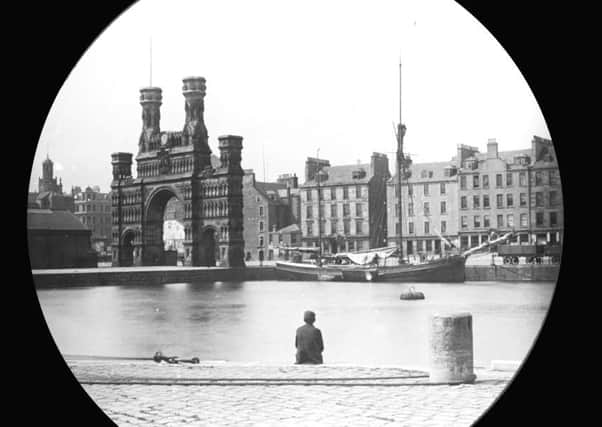Would Dundee's lost Royal Arch be demolished today?


For more than 100 years, the arch stood proud at the waterfront before being dynamited in the 1960s to make way for the Tay Road Bridge access road.
A show at the The McManus, Dundee’s Art Gallery & Museum will explore the history of the landmark and query whether it would have better protected now compared to 50 years ago
Advertisement
Hide AdAdvertisement
Hide AdMany campaigns have sprung up over the years to have it restored with a replica recently built using cardboard boxes. A digital version was constructed last year on the spot where it once stood.
The Royal Arch was built to commemorate the first visit to Dundee by Queen Victoria. It stood at the harbour entrance for over 114 years – a symbol of Victorian ambition and the expertise of the architect, engineers, masons and builders.
Artists, photographers, authors and the souvenir market all used the Royal Arch image and it was recognised across the world.
Sadly, the arch was also exposed to high levels of industrial pollution and it became blackened and unloved, except by the city’s pigeons, who used it as a giant doocot.
Advertisement
Hide AdAdvertisement
Hide AdIn 1964, the Royal Arch was demolished, its ornately carved stonework crushed and used as infill for the Tay Bridge approach road.
Christina Donald, Curator of Early History said: “Whether you loved it loathed it, wish you could have seen it or are happy it is gone, the Royal Arch is always a talking point.
“Whether a ‘People’s Tower’ or a ‘Pigeon Palace’ the Royal Arch loomed large on the landscape of Dundee’s waterfront for over 100 years. “
The exhibition will open at the McManus on Saturday, February 17.
